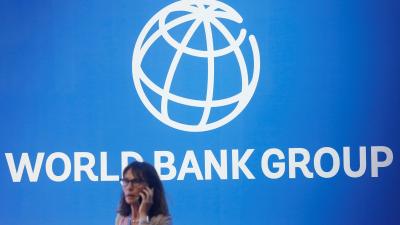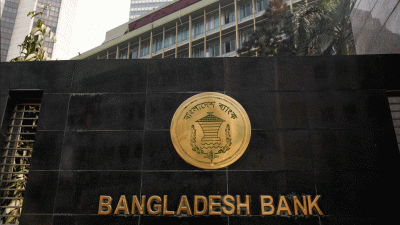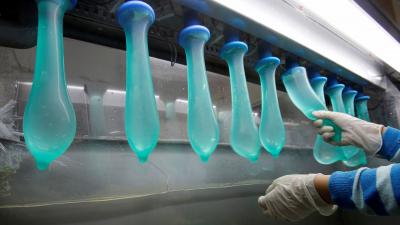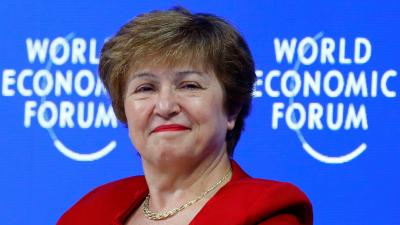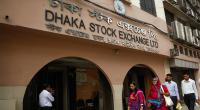 Above two dozen local and foreign honey brands are competing fiercely to grab the country’s huge honey market, as nearly 70 percent of the market is still controlled by quality imported honey, according to market insiders.
Above two dozen local and foreign honey brands are competing fiercely to grab the country’s huge honey market, as nearly 70 percent of the market is still controlled by quality imported honey, according to market insiders.
As the consumption of honey is diversifying due to health consciousness, the market for honey and honey-made food items could go above Tk 10 billion from what is now around Tk 2 billion, they added.
Honey produced in Bangladesh is recently highly sought in foreign markets, with main export destinations being India, Japan, Slovenia, the Middle East, and the European Union (EU).
According to the Bangladesh Small and Cottage Industries Corporation (BSCIC), around 6,000 tonne of honey was produced in 2017, of which between 500 and 700 tonne was exported to India.
However, not much was exported to India in 2018, despite 10,000 tonne being produced, because the price of honey in both the Indian and Bangladeshi markets was similar.
Manjur Morshed, executive director of Tropica Honey said they have already received recognition in the European market for export quality honey.
"If the government decides to sign a bilateral trade agreement with the EU to export honey to the huge European market, then the export process will be expedited," he added.
Another brand, Ayurvedia Pharmacy, exports honey to Japan where it is branded AP Honey.
Khondaker Aminuzzaman, director of BSCIC’s ‘Development of Beekeeping Through Modern Technology Project’ says that if proper steps are taken, "every year it is possible to produce 1–1.5 million tonne of honey in Bangladesh."
He added that with Slovenia, the process of entering the EU market has already begun.
Researcher Mateja Dermastia in November 2018 revealed that Slovenia, after refining honey imported from Bangladesh, sells the product with a "Made In Slovenia" emblem. India also does the same with imported Bangladeshi honey.
She suggested providing necessary financial and policy support to beekeepers to popularize Bangladeshi honey in the international market.
According to BSCIC, there are currently 25,000 farmers and 7,000 bee farms in the country. BSCIC started an extensive expansion program for honey production in 2017.
Domestic market
Around 20 local brands of honey are sold in the domestic market of Bangladesh, including Ayurvedia Pharma (AP) Honey, Litchi Honey, Tropica Honey, Pran, Bengal Honey, Moti Modhu, Nahol Honey, and Amber Honey.
Various foreign brands also include: Al Shafi Honey from Dubai; Acacia, Lume di Miel, and Royal Jelly from France, and Dabur Honey from India.
Dabur has a wide range of food items distributed by ACI Consumer Brands in Bangladesh. Dabur collects the honey from local traders in Bangladesh and bottles it in its own factory in the country.
Aminuzzaman explained that local honey has penetrated only 30 percent of the domestic market, while imported honey has captured 70 percent of the market. "Every year, local brands of honey worth Tk 350 million to Tk 400 million are sold in Bangladesh."
Many small firms in Bangladesh have been cultivating and marketing honey for years.
Director General of the Department of Agricultural Extension (DAE), Tushar Kanti, believes that proper branding and modern marketing techniques can help the country export honey worldwide.
AP Honey Marketing Executive, Md Mahbub Alam, echoed that lack of proper marketing was a big reason behind the poor market penetration of local honey. “Although our honey is sold everywhere in the country, Dabur has higher sales. We are going to increase our promotional activities to beat Dabur,” he said.
Why is honey consumption increasing?
Honey has recently gained popularity worldwide as an alternative to refined sugar. Physicians often prescribe honey for its nutritional value. Many old age complications are healed by regular consumption of pure honey.
Honey has moved from doctors’ prescription to dining table as its use for making delicious snacks has become popular. A number of food brand companies, including Pran, market snacks and sandwiches made of honey.
Where and how is honey produced in Bangladesh?
Most of the honey is produced in the Gazipur, Tangail, Mymensingh, Sherpur, Savar, Dinajpur, Rajshahi, Barguna, and Sundarban areas of Bangladesh.
The Sundarbans are a leading honey producing area in Bangladesh, with about 75% natural honey coming from the region.
Most of the honey is collected from mustard flowers. BSCIC Project Director Aminuzzaman informed that mustard seeds are cultivated on around 5,500 hectares of land, of which 10% is used for honey production.
"Bangladeshi honey has been tested by the Germany-based Intertek laboratory which found the honey to be of proper export quality," he added.
In recent years, the government and many non-government organizations, including Bangladesh Institute of Apiculture (BIA), BSCIC, Proshikkhan Shikkha Karmo (Proshika), and Mouchas Unnayan Sangstha (MUS), have implemented various plans to provide technological support, training, marketing, and the supply of necessary equipment to beekeepers.
According to the annual progress report of Proshika, many organizations have already undertaken beekeeping programs to reduce poverty and unemployment among rural people. Around 25,000 beekeepers have either been trained or sponsored by the aforementioned organizations, with the aim of increasing the country's honey production.
BSCIC Project Director Aminuzzaman said: "Honeybees are of great economic importance because they not only produce honey and beeswax, but also act as primary pollinating agents of many agricultural and horticultural crops. Beekeeping can play a vital role in sustainable agricultural development."
Mohammed Sakhawat Hossain, professor of the Department of Entomology at Sher-e-Bangla Agricultural University said that honey has become a source of employment and extra income for many rural people in the country.
"Additionally, honey exports can help the country earn a lot of foreign currency. This sector has a bright future," Sakhawat added.
He further said about 2,500 beekeepers are directly involved in this profession, alongside 25,000 newly trained ones.
 Business
Business
41420 hour(s) 41 minute(s) ago ;
Afternoon 03:35 ; Tuesday ; Jul 08, 2025
Brands race to grab honey market
Send
Mamun Abdullah
Published : 06:00, Mar 06, 2019 | Updated : 06:00, Mar 06, 2019
Published : 06:00, Mar 06, 2019 | Updated : 06:00, Mar 06, 2019
0 ...0 ...
/hb/
Topics: Top Stories
- KOICA donates medical supplies to BSMMU
- 5 more flights to take back British nationals to London
- Covid19: Rajarbagh, Mohammadpur worst affected
- Momen joins UN solidarity song over COVID-19 combat
- Covid-19: OIC to hold special meeting
- WFP begins food distribution in Cox’s Bazar
- WFP begins food distribution in Cox’s Bazar
- 290 return home to Australia
- Third charter flight for US citizens to return home
- Dhaka proposes to postpone D8 Summit
Unauthorized use of news, image, information, etc published by Bangla Tribune is punishable by copyright law. Appropriate legal steps will be taken by the management against any person or body that infringes those laws.
Bangla Tribune is one of the most revered online newspapers in Bangladesh, due to its reputation of neutral coverage and incisive analysis.
F R Tower, 8/C Panthapath, Shukrabad, Dhaka-1207 | Phone: 58151324; 58151326, Fax: 58151329 | Mob: 01730794527, 01730794528

